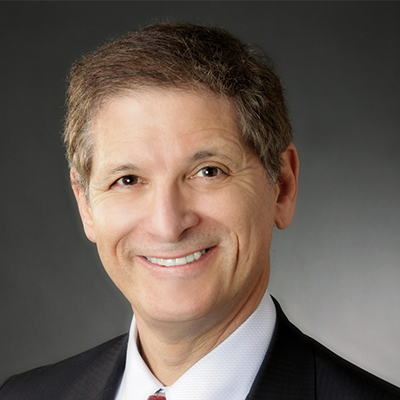Originally written by John Blumberg of Blumberg Law Offices
Academic psychologists have been unlocking the mysteries of how people accept or reject persuasion and arrive at decisions. But, like lawyers and their legalese, social scientists often use a dizzying array of overly-complicated descriptions. The concepts and discoveries are important, but often explained in what might be described as speaking in tongues. Here is an example (and please read to the end):
This article presents conceptual arguments and empirical evidence consistent with a unified conception of human judgment. It identifies several continuous parameters which intersections at specific values determine the judgmental impact of the information given.
The unimodel serves as an overarching framework subsuming a plethora of theoretical notions and empirical findings related to binary distinctions between associative versus rule based, automatic versus deliberative, intuitive versus rational, heuristic versus systematic, and central versus peripheral modes of judgment. This perspective simplifies the depiction of human judgment processes and highlights its critical determinants. (Arie W. Kruglanski, “On Parametric Continuities in the World of Binary Either Ors.” Psychological Inquiry, Vol. 17, No. 3, 153–165 (2006))
Huh? The funny part is the last sentence that claims that the article simplifies the “plethora of theoretical notions.” To other researchers of decision science, the above-quoted abstract might make perfect sense, but most others will wince and move on to something that doesn’t require the expenditure of a lot of cognitive reserves. There are two important concepts at play here: overly-complicated explanations, and the natural inclination to avoid hard mental work. I wrote about both in Persuasion Science for Trial Lawyers and continue to study the ways that the brain receives, rejects and modifies what the ears and eyes send to it. Although decision science is of critical importance to lawyers, the social science literature on the subject is not written for lawyers. And even though most lawyers probably have the intellectual ability to understand it, they first have to look up the references, then laboriously study the concepts and theories that are known to social scientists but not others. For example, when lawyers talk about Palsgraf, other lawyers know that the reference is to foreseeability. Non-lawyers would not be expected to know who poor Mrs. Palsgraf was.
And that’s where I hope to create a bridge between the obfuscating language of social scientists and the inquiring minds of trial lawyers. I can be the interpreter, translating the social science of how decisions are made to the work that we must do in representing our clients. Take the article abstract that began this discussion. It’s really pretty interesting. Each of the descriptions was explored in Persuasion Science for Trial Lawyers. Each theory is a little different. So, I would translate the above abstract as follows: People are bombarded with an enormous amount of sensory input and either can’t or won’t pay close attention and carefully analyze everything. Some information is disregarded, some is scrutinized, and some is interpreted based on mental shortcuts. There are different theories of how the brain processes information and arrives at judgments. Each theory was an important advance, and the authors of this study have examined all of them and constructed a “unimodel” that combines these theories so that they can be seen in context. It’s like the story of the blind men who encounter an elephant and can only describe that part that each is feeling. It is only when all of them combine their perceptions that the nature of the animal is better understood.
What’s the point?
It turns out that being an advocate is a lot harder than we would like to think. Judges and jurors filter information in many different ways, and we must understand what the filters are and how they work. Otherwise, what might seem to be a brilliant presentation of facts is rejected. The only solution is to try to understand how the brain works. Social scientists continue to learn about how brains receive or reject information. I’ll translate what is important for trial lawyers to know and share it with you.

John P. Blumberg is a board-certified trial lawyer and a board-certified specialist in legal malpractice and medical malpractice cases. He is also on the national Board of Directors of the prestigious American Board of Trial Advocates. Mr. Blumberg is an instructor of trial and litigation skills and has written dozens of articles for professional legal journals. He acts frequently as an arbitrator and mediator.
Mr. Blumberg has been selected as a Southern California Super Lawyer every year since 2004, an honor accorded to only the top 5% of practicing attorneys. His superlative results earned him membership in the prestigious Million Dollar Advocates Forum, open only to the top trial lawyers in America.
Watch Episode 35 of Trial Lawyer View Podcast featuring John Blumberg here.




